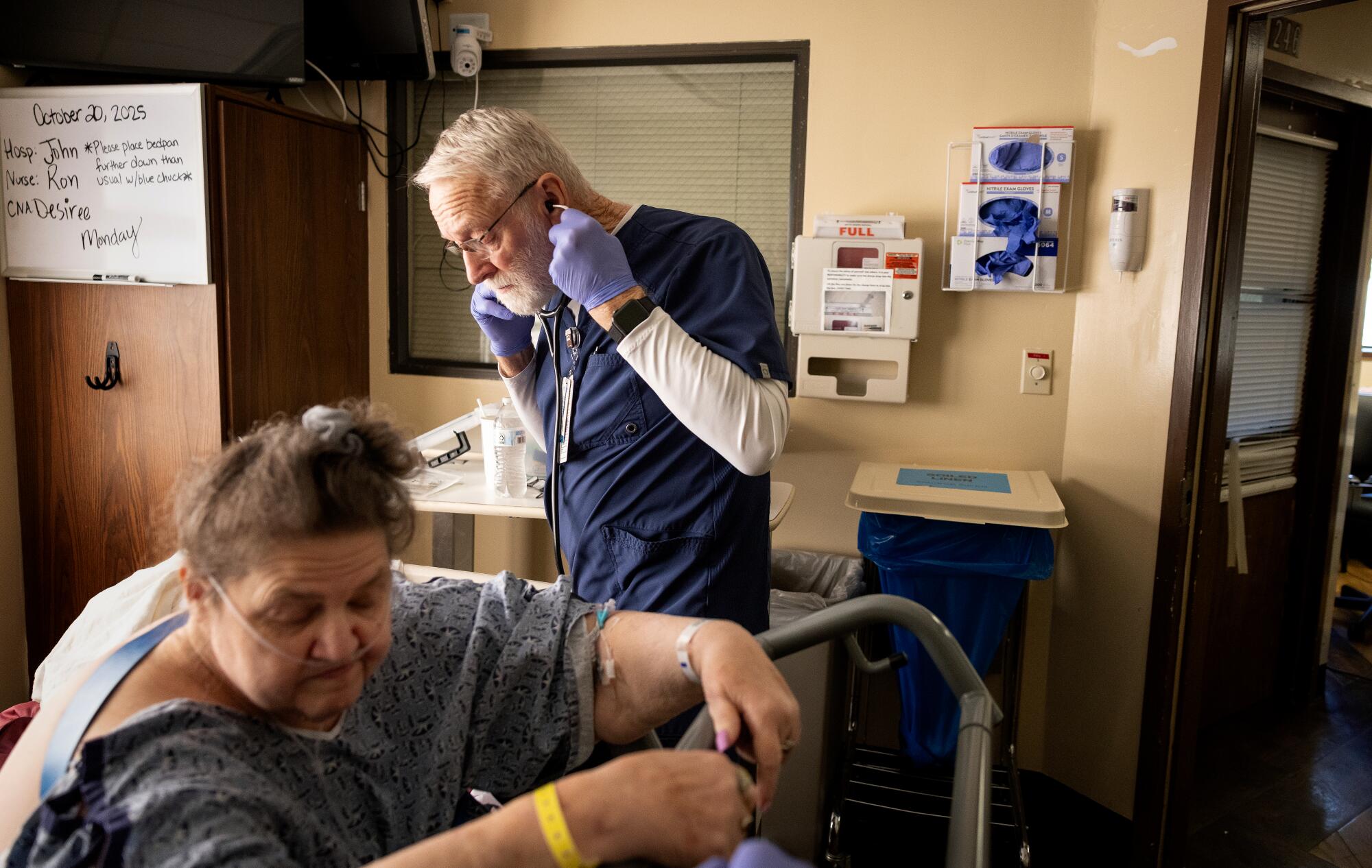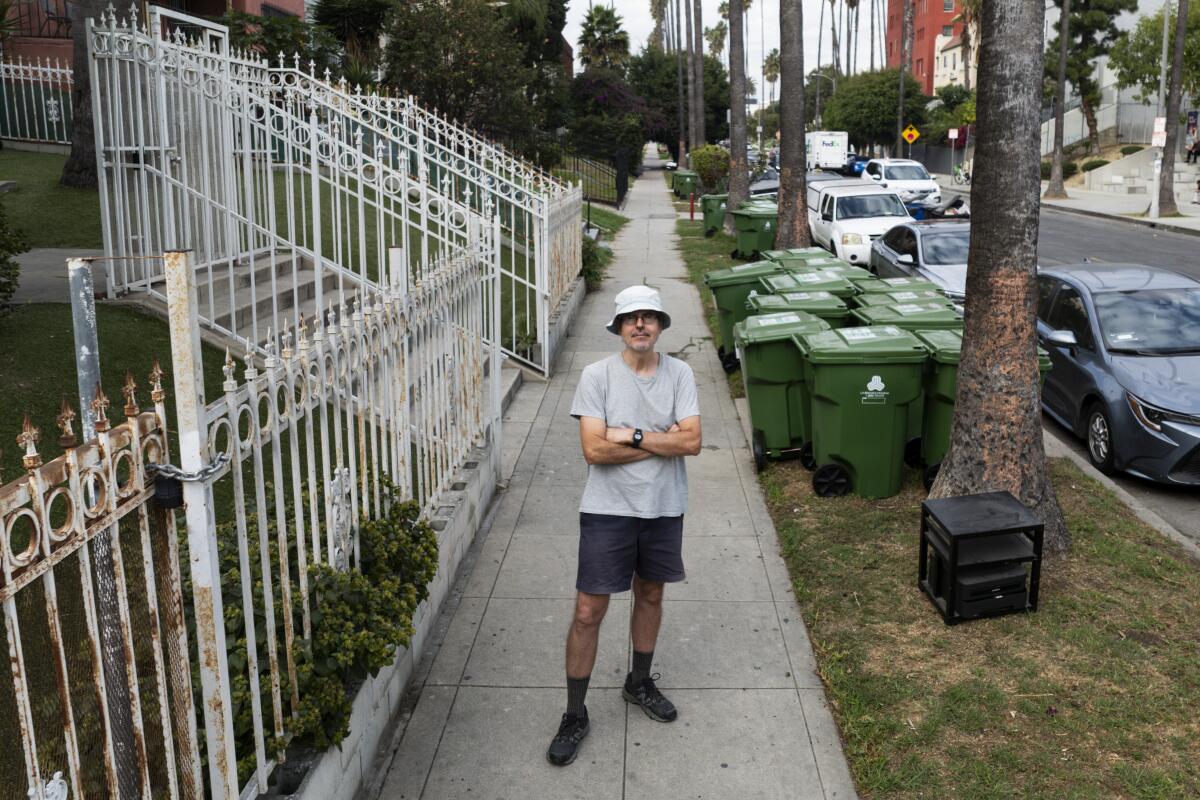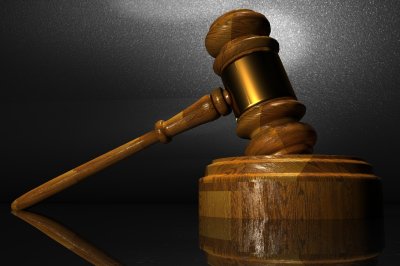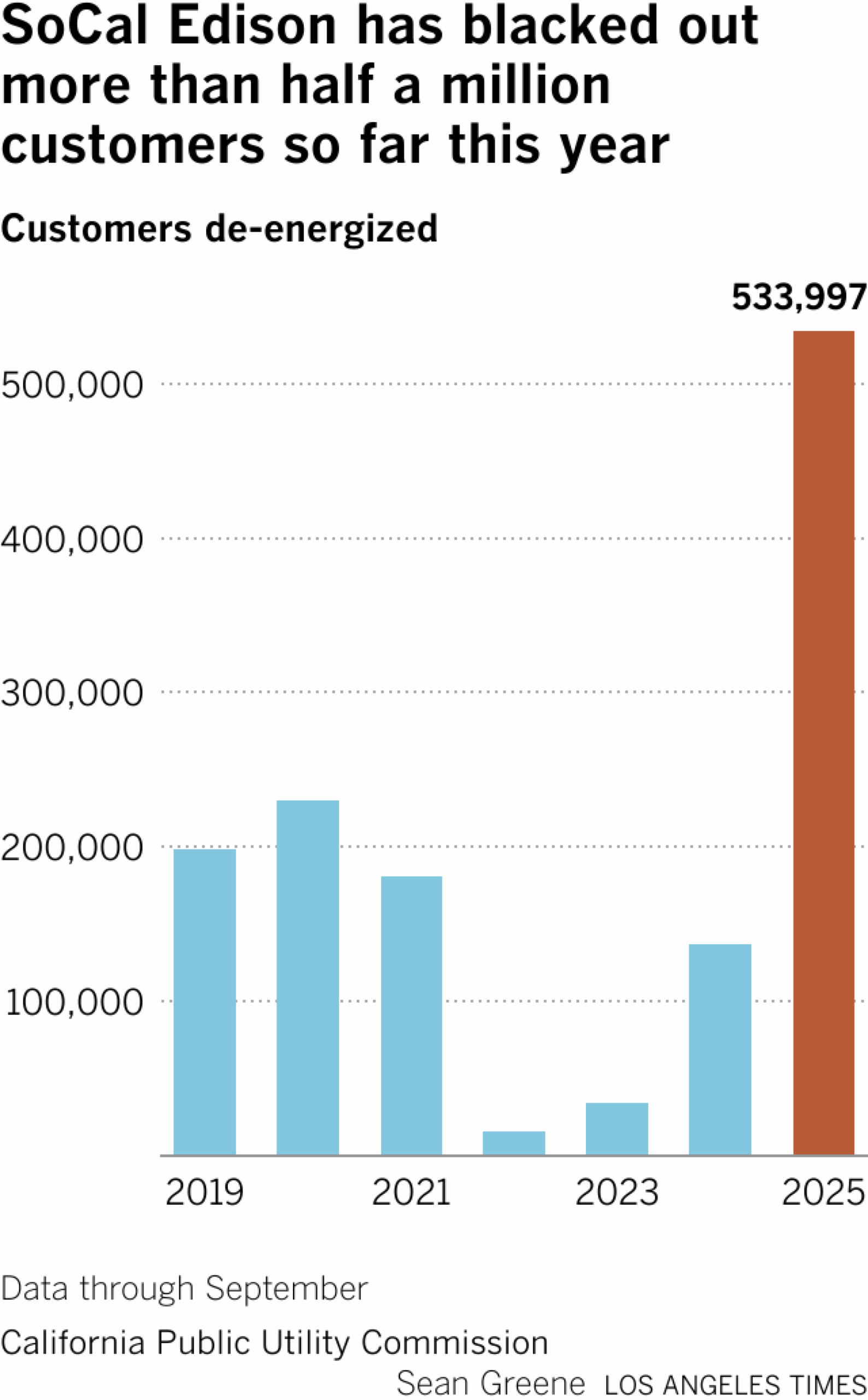California rural hospitals face risk of closure, including one in Willows
WILLOWS — As hospital staff carted away medical equipment from abandoned patient rooms, Theresa McNabb, 74, roused herself and painstakingly applied make-up for the first time in weeks, finishing with a mauve lipstick that made her eyes pop.
“I feel a little anxiety,” McNabb said. She was still taking multiple intravenous antibiotics for the massive infection that had almost killed her, was unsteady on her feet and was unsure how she was going to manage shopping and cooking food for herself once she returned to her apartment after six weeks in the hospital.
But she couldn’t stay at Glenn Medical Center. It was closing.
The hospital — which for more than seven decades has treated residents of its small farm town about 75 miles north of Sacramento, along with countless victims of car crashes on nearby Interstate 5 and a surprising number of crop-duster pilots wounded in accidents — shut its doors on October 21.
McNabb was the last patient.

Registered nurse Ronald Loewen, 74, checks on one of the last few patients. Loewen, a resident of Glenn County and a former Mennonite school teacher, said the hospital closing is “a piece of our history gone.”
Nurses and other hospital workers gathered at her room to ceremonially push her wheelchair outside and into the doors of a medical transport van. Then they stood on the lawn, looking bereft.
They had all just lost their jobs. Their town had just lost one of its largest employers. And the residents — many of whom are poor— had lost their access to emergency medical care. What would happen to all of them now? Would local residents’ health grow worse? Would some of them die preventable deaths?
These are questions that elected officials and policymakers may soon be confronting in rural communities across California and the nation. Cuts to Medicaid funding and the Affordable Care Act are likely rolling down from Washington D.C. and hitting small hospitals already teetering at the brink of financial collapse. Even before these cuts hit, a 2022 study found that half of the hospitals in California were operating in the red. Already this fall: Palo Verde Hospital in Blythe filed for bankruptcy and Southern Inyo Hospital in Lone Pine sought emergency funds.
But things could get far worse: A June analysis released by four Democrats in the U.S. Senate found that many more hospitals in California could be at risk of closure in the face of federal healthcare cuts.
“It’s like the beginning of a tidal wave,” said Peggy Wheeler, vice president of policy of the California Hospital Association. “I’m concerned we will lose a number of rural hospitals, and then the whole system may be at risk.”


1. Medical assistant Kylee Lutz, 26, right, hugs activities coordinator Rita Robledo on closing day. Lutz, who will continue to work in the clinic that remains open, said through tears, “It’s not going to be the same without you ladies.” 2. Rose Mary Wampler, 88, sees physician assistant Chris Pilaczynski at the clinic. Wampler, who lives alone across the street from Glenn Medical Center, said, “Old people can’t drive far away. I’m all by myself, I would just dial 9-1-1.”
Glenn Medical’s financing did not collapse because of the new federal cuts. Rather, the hospital was done in by a federal decision this year to strip the hospital’s “Critical Access” designation, which enabled it to receive increased federal reimbursement. The hospital, though it is the only one in Glenn County, is just 32 miles from the nearest neighboring hospital under a route mapped by federal officials — less than the 35 miles required under the law. Though that distance hasn’t changed, the federal government has now decided to enforce its rules.

Local elected officials and hospital administrators fought for months to convince the federal government to grant them an exception. Now, with the doors closed, policy experts and residents of Willows said they are terrified by the potential consequences.
“People are going to die,” predicted Glenn County Supervisor Monica Rossman. She said she feared that older people in her community without access to transportation will put off seeking care until it is too late, while people of all ages facing emergency situations won’t be able to get help in time.

Kellie Amaru, a licensed vocational nurse who has worked at Glenn Medical Center for four years, reacts after watching a co-worker leave after working their final shift at the hospital.
But even for people who don’t face a life or death consequence, the hospital’s closure is still a body blow, said Willows Vice Mayor Rick Thomas. He and others predicted many people will put off routine medical care, worsening their health. And then there’s the economic health of the town.
Willows, which sits just east of I-5 in the center of the Sacramento Valley, has a proud history stretching back nearly 150 years in a farm region that now grows rice, almonds and walnuts. About 6,000 people live in the town, which has an economic development webpage featuring images of a tractor, a duck and a pair of hunters standing in the tall grass.
“We’ve lost 150 jobs already from the hospital [closing],” Thomas said. “I’m very worried about what it means. A hospital is good for new business. And it’s been hard enough to attract new business to the town.”
Dismantling ‘a legacy of rural healthcare’
From the day it started taking patients on Nov. 21,1950, Glenn General Hospital (as it was then called) was celebrated not just for its role in bringing medical care to the little farm town, but also for its role in helping Willows grow and prosper.
“It was quite state-of-the-art back in 1950,” said Lauren Still, the hospital’s chief administrative officer.
When the hospital’s first baby was born a few days later — little Glenda May Nieheus clocked in at a robust 8 pounds, 11 ounces — the arrival was celebrated on the front page of the Willows Daily Journal.
But as a small hospital in a small town, the institution struggled almost immediately. Within a few years, according to a 1957 story in the local newspaper, the hospital was already grappling with the problem of nurses leaving in droves for higher-paying positions elsewhere. A story the following year revealed that hospital administrators were forcing a maintenance worker to step in as an ambulance driver on weekends — without the requisite chauffeur’s license — to save money.
In a sign of how small the town is, that driver was Still’s boyfriend’s grandfather.



1. A customer walks into Willows Hardware store. 2. Cheerleaders perform during Willows High School’s Homecoming JV football game against Durham at Willows High School. 3. The press box at Willows High School’s football field is decorated with previous Northern Section CIF Championship wins.
Still, the institution endured, its grassy campus and low-slung wings perched proudly on the east end of town. Generations of the town’s babies were born there. As they grew up, they went into the emergency room for X-rays, stitches and treatment for fevers and infections. Their parents and grandparents convalesced there and sometimes died there, cared for by nurses who were part of the community.
“They saved my brother’s life. They saved my dad’s life,” said Keith Long, 34, who works at Red 88, an Asian fusion restaurant in downtown Willows that is a popular lunch spot for hospital staff.
Glenn Medical’s finances, however, often faltered. Experts in healthcare economics say rural hospitals like Glenn Medical generally have fewer patients than suburban and urban communities, and those patients tend to be older and sicker, meaning they are more expensive to treat. What’s more, a higher share of those patients are low-income and enrolled in Medi-Cal and Medicare, which generally has lower reimbursement rates than private insurance. Smaller hospitals also cannot take advantage of economies of scale the way bigger institutions can, nor can they bring the same muscle to negotiations for higher rates with private insurance companies.
Across California, in the first decades of the 20th century, rural hospitals were running out of money and closing their doors.

T-Ann Pearce, who has worked at Glenn Medical Center for six years, sits in the medical surgical unit during one of her last shifts with only a few remaining patients left to care.
In 2000, Glenn Medical went bankrupt, but was saved when it was awarded the “Critical Access” designation by the federal government that allowed it to receive higher reimbursement rates, Still said.
But by late 2017, the hospital was in trouble again.
A private for-profit company, American Advanced Management, swooped to the rescue of Glenn Medical and a nearby hospital in Colusa County, buying them and keeping them open. The Modesto-based company specializes in buying distressed rural hospitals and now operates 14 hospitals in California, Utah and Texas.
The hospital set about building back its staff and improving its reputation for patient care in the community, which had been tarnished in part by the 2013 death of a young mother and her unborn baby.
“We’ve been on an upswing,” Still said, noting that indicators of quality of care and patient satisfaction have risen dramatically in recent years.
Then came the letter from the federal Centers for Medicare & Medicaid Services. On April 23, the federal agency wrote Glenn Medical’s management company with bad news: A recent review had found that Glenn Medical was “in noncompliance” with “distance requirements.” In plain English, federal officials had looked at a map and determined that Glenn Medical was not 35 miles from the nearest hospital by so-called main roads as required by law — it was just 32. Nor was it 15 miles by secondary roads. The hospital was going to lose its Critical Access designation. The hit to the hospital’s budget would be about 40% of its $28 million in net revenue. It could not survive that cut.

At first, hospital officials said they weren’t too worried.
“We thought, there’s no way they’re going to close down hospitals” over a few miles of road, Still, the hospital’s chief executive, said.
Especially, Still said, because it appeared there were numerous California hospitals in the same pickle. A 2013 federal Inspector General Report found that a majority of the 1,300 Critical Access hospitals in the country do not meet the distance requirement. That includes dozens in California.
Still and other hospital officials flew to Washington D.C. to make their case, sure that when they explained that one of the so-called main roads that connects Glenn Medical to its nearest hospital wasn’t actually one at all, and often flooded in the winter, the problem would be solved. The route everyone actually used, she said, was 35.7 miles.
“No roads have changed. No facilities have moved,” administrators wrote to federal officials. “And yet this CMS decision now threatens to dismantle a legacy of rural health care stability.”
Without it, the administrator wrote, “lives will be lost for certain.”
But, Still said, their protestations fell on deaf ears.
In August came the final blow: Glenn Medical would lose its Critical Access funding by April 2026.
The news set off a panic not just in Glenn County but at hospitals around the state.


1. A bicyclist passes by Glenn Medical Center. First opened to patients on November 21, 1950, the center was called Glenn General Hospital then. 2. A member of the staff signs a farewell board on closing day at Glenn Medical Center on October 21, 2025.
At least three other hospitals got letters from the Centers for Medicare & Medicaid saying their Critical Access status was under review, Wheeler said: Bear Valley Community Hospital in Big Bear Lake, George L. Mee Memorial in Monterey County and Santa Ynez Valley Cottage Hospital in Solvang. The hospitals in Monterey and Big Bear Lake provided data demonstrating they met the requirements for the status.
Cottage Hospital, however, did not, despite showing that access in and out of the area where the hospital is located was sometimes blocked by wildfires or rockslides.
Cottage Hospital officials did not respond to questions about what that might mean for their facility.
Asked about these situations, officials at the Centers for Medicare & Medicaid said the law does not give the agency flexibility to consider factors such as weather, for example, in designating a critical assess hospital. They added the hospital must demonstrate there is no driving route that would make it ineligible based on driving distances included in the statute.
Jeff Griffiths, a county supervisor in Inyo County who is also the president of the California Assn. of Counties, said he has been following the grim hospital financing news around the state with mounting worry.
The hospital in his county, Southern Inyo, came close to running out of money earlier this year, he said, and with more federal cuts looming, “I don’t know how you can expect these hospitals to survive.”
“It’s terrifying for our area,” Griffiths said, noting that Inyo County, which sits on the eastern side of the Sierra, has no easy access to any medical care on the other side of the giant mountain peaks.
‘This is the final call’
In Willows, once word got out that the hospital would lose its funding, nurses began looking for new jobs.
By late summer, so many people had left that administrators realized they had no choice but to shutter the emergency room, which closed Sept. 30.

Helena Griffith, 62, one of the last patients, waves goodbye as patient transport Jolene Guerra pushes her wheelchair down the hallway on October 20, 2025.
Through it all, McNabb, the 74-year-old patient receiving intravenous antibiotics, remained in her bed, getting to know the nurses who buzzed around her.
She became aware that when they weren’t caring for her, many of them were trying to figure out what they would do with their lives once they lost their jobs.
On the hospital’s last day, nurse Amanda Shelton gifted McNabb a new sweater to wear home.
When McNabb gushed over the sweetness of the gesture, Shelton teared up. “It’s not every day that it will be the last patient I’ll ever have,” she told her.
As McNabb continued to gather her things, Shelton retreated to the hospital’s recreation room, where patients used to gather for games or conversation.
With all the patients save McNabb gone, Shelton and some other hospital staff took up a game of dominoes, the trash talk of the game peppered with bittersweet remembrances of their time working in the creaky old building.

Registered nurse Ronald Loewen, 74, looks out the window on closing day at Glenn Medical Center on October 21, 2025. Loewen, who grew up and attended school in Willows, had four children delivered at Glenn Medical, two of them survived, and took care of former classmates at this hospital, says the hospital closing is, “a piece of our history gone.”
Shelton said she is not sure what is next for her. She loved Glenn Medical, she said, because of its community feel. Many people came for long stays or were frequent patients, and the staff was able to get to know them — and to feel like they were healing them.
“You got to know people. You got to know their family, or if they didn’t have any family,” you knew that too, she said. She added that in many hospitals, being a nurse can feel like being an extension of a computer. But at Glenn Medical, she said, “you actually got to look in someone’s eyes.”
The building itself was in dire shape, she noted. Nothing was up to modern code. It didn’t have central air conditioning, and it was heated by an old-fashioned boiler. “I mean, I have never even heard of a boiler room” before coming to work there, she said.
And yet within the walls, she said, “It’s community.”
Bradley Ford, the emergency room manager, said he felt the same way and was determined to pay tribute to all the people who had made it so.
At 7 p.m. on the emergency room’s last night of service, Ford picked up his microphone and beamed his voice out to the hospital and to all the ambulances, fire trucks and others tuned to the signal.
He had practiced his speech enough times that he thought he could get through it without crying — although during his rehearsals he had never yet managed it.
“This is the final call,” Ford said. “‘After 76 years of dedicated service, the doors are closing. Service is ending. On behalf of all the physicians, nurses and staff who have walked these halls, it is with heavy hearts that we mark the end of this chapter.”
Nurses and other staff members recorded a video of Ford making his announcement, and passed it among themselves, tearing up every time they listened to it.
In an interview after the hospital had closed, Ford said he was one of the lucky ones: He had found a new job.
It was close enough to his home in Willows that he could commute — although Ford said he wasn’t sure how long he would remain in his beloved little town without access to emergency medical care there.

Rose Mary Wampler, 88, waits to have blood drawn at the lab beside a cordoning off, signaling the closure of the hospital side of Glenn Medical Center, on October 22, 2025. Wampler lives alone across the street from the hospital.
Rose Mary Wampler, 88, has lived in Willows since 1954 and now resides in a little house across the street from the hospital. Her three children were born at Glenn Medical, and Wampler herself was a patient there for two months last year, when she was stricken with pneumonia and internal bleeding. She said she was fearful of the idea of driving more than 30 miles for healthcare elsewhere.
She looked out her window on a recent afternoon at the now-shuttered hospital.
“It looks like somebody just shut off the whole city, there’s nowhere to go get help,” she said.

Glenn Medical Center patient Richard Putnam, 86, closes the window in his hospital room. A month shy of it’s 75th year, the hospital closed on Oct 21, 2025.
(Christina House/Los Angeles Times)
Times photographer Christina House contributed to this report.







